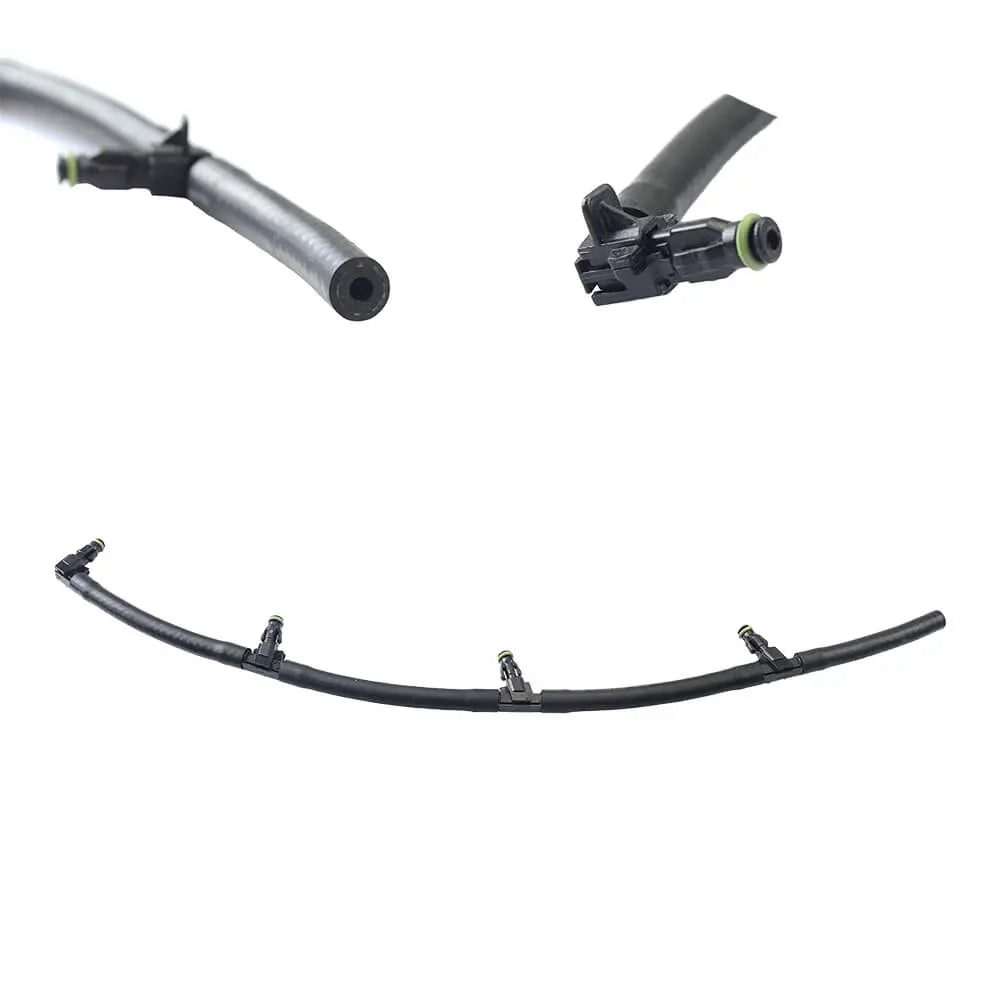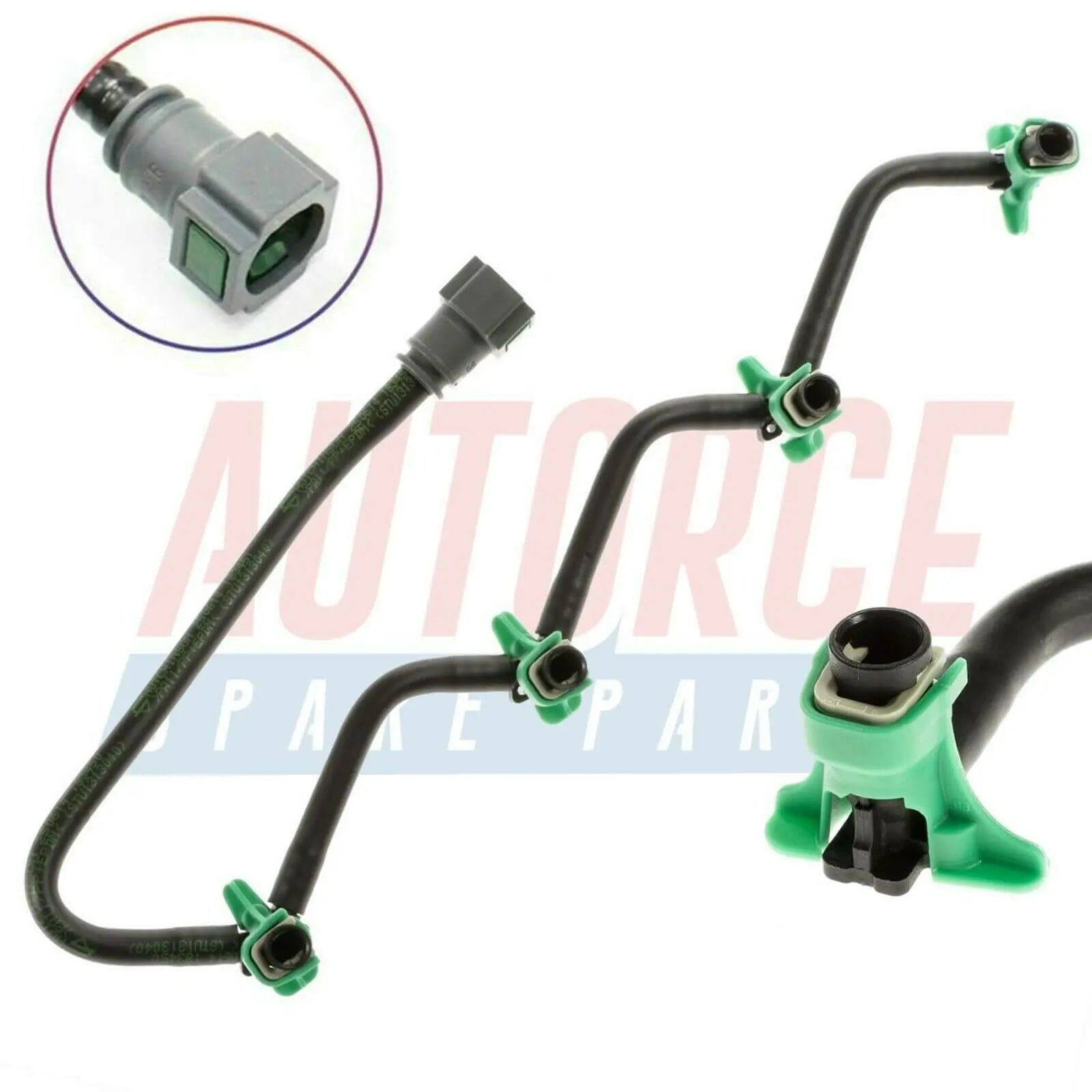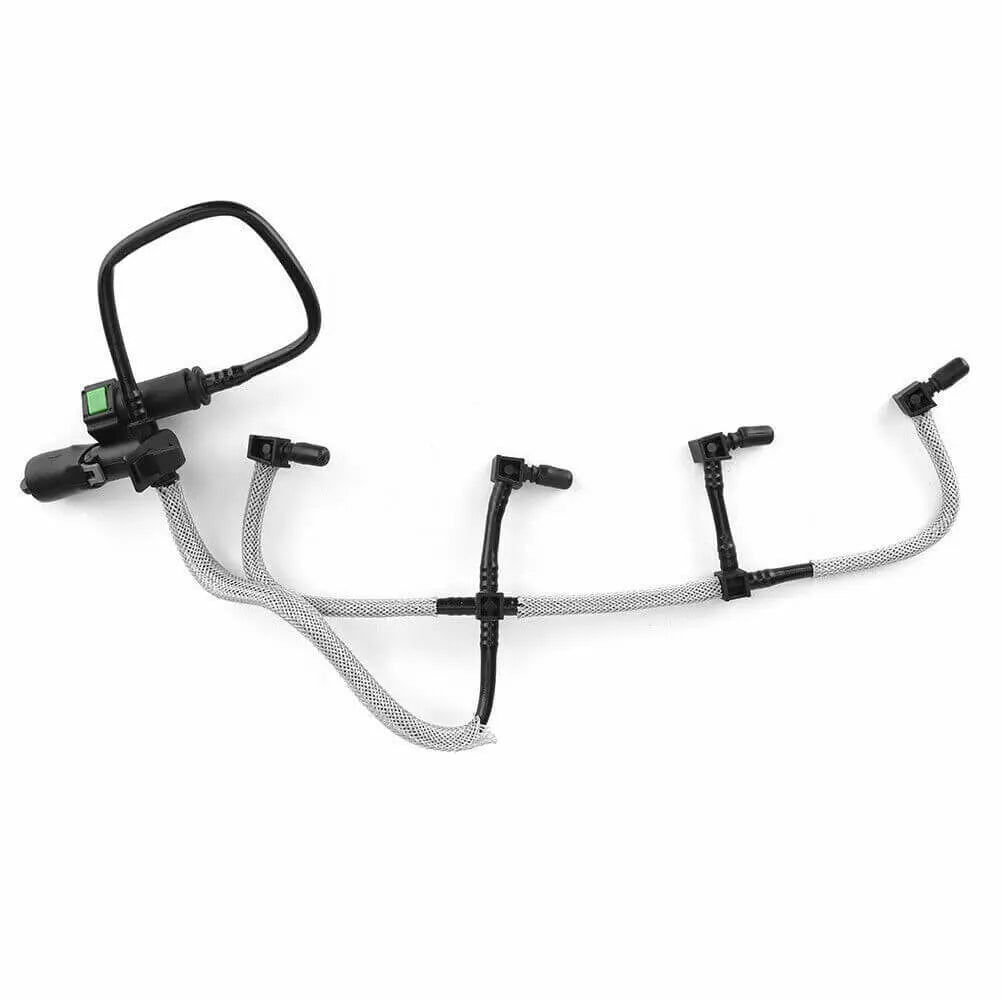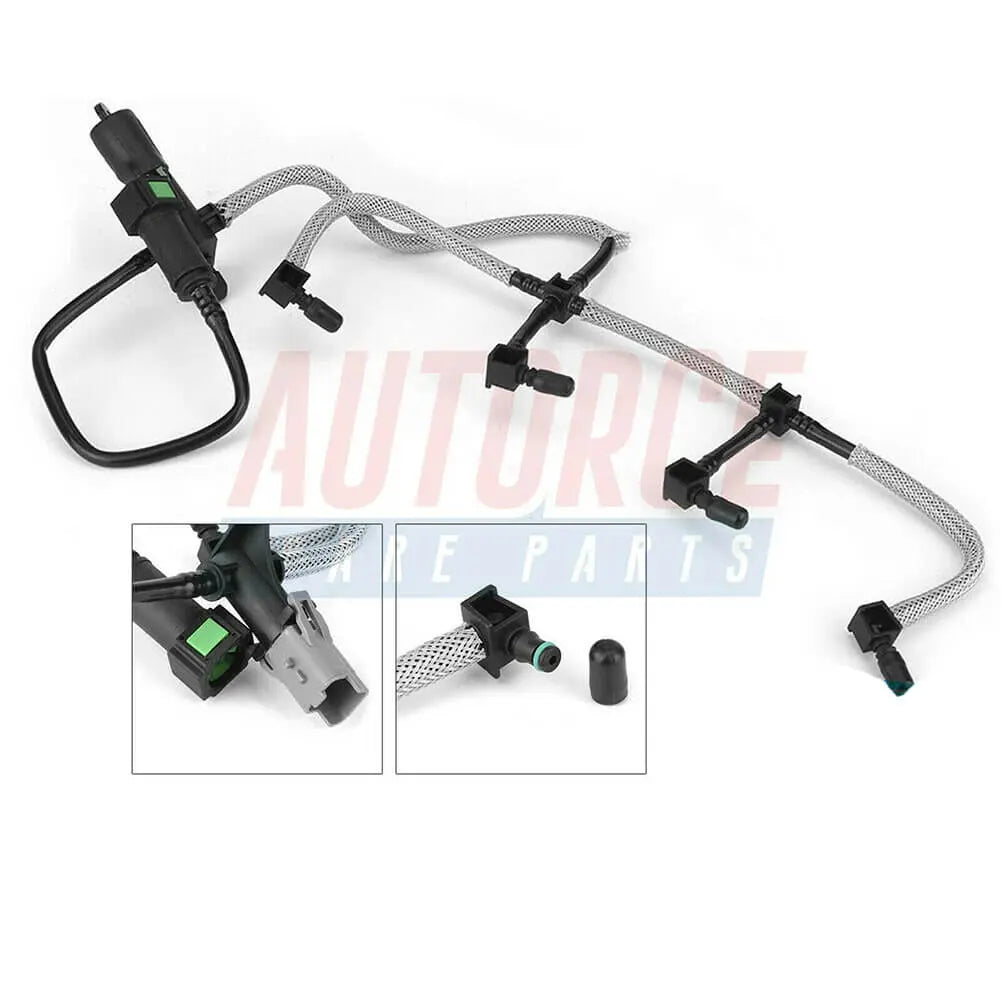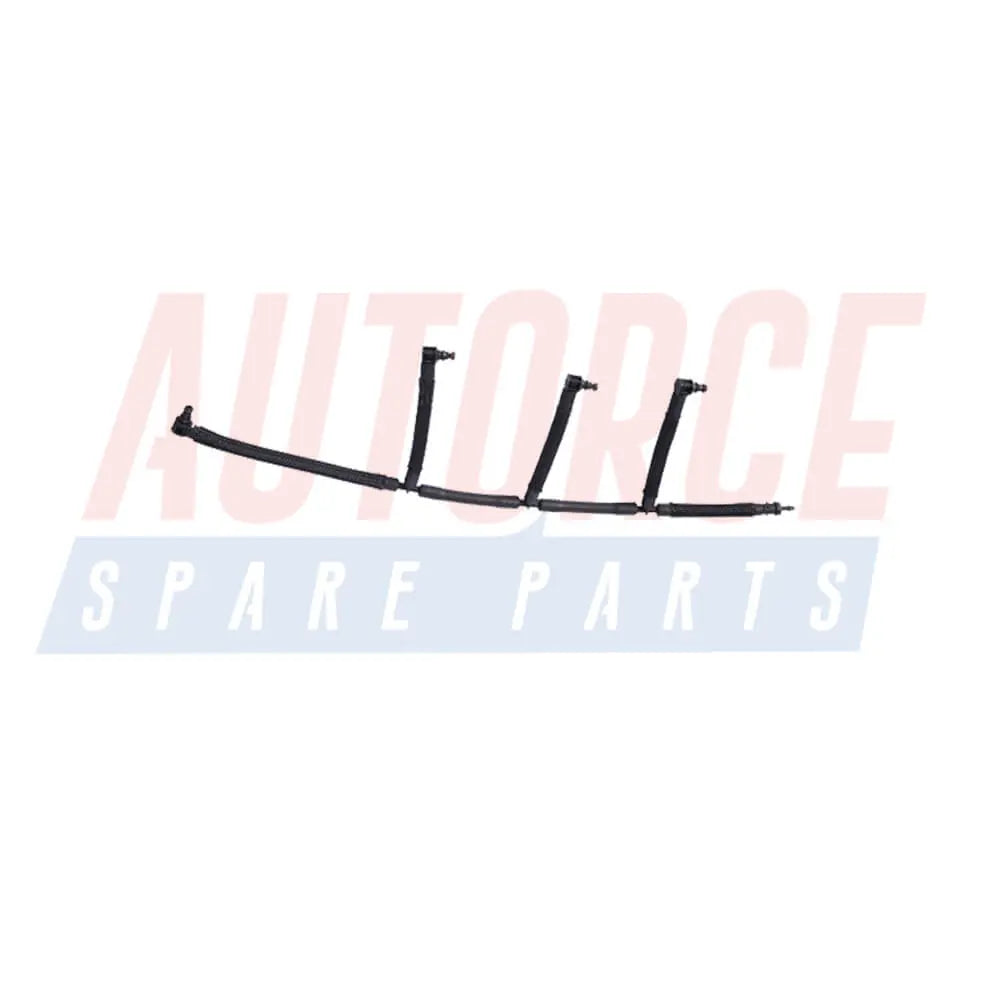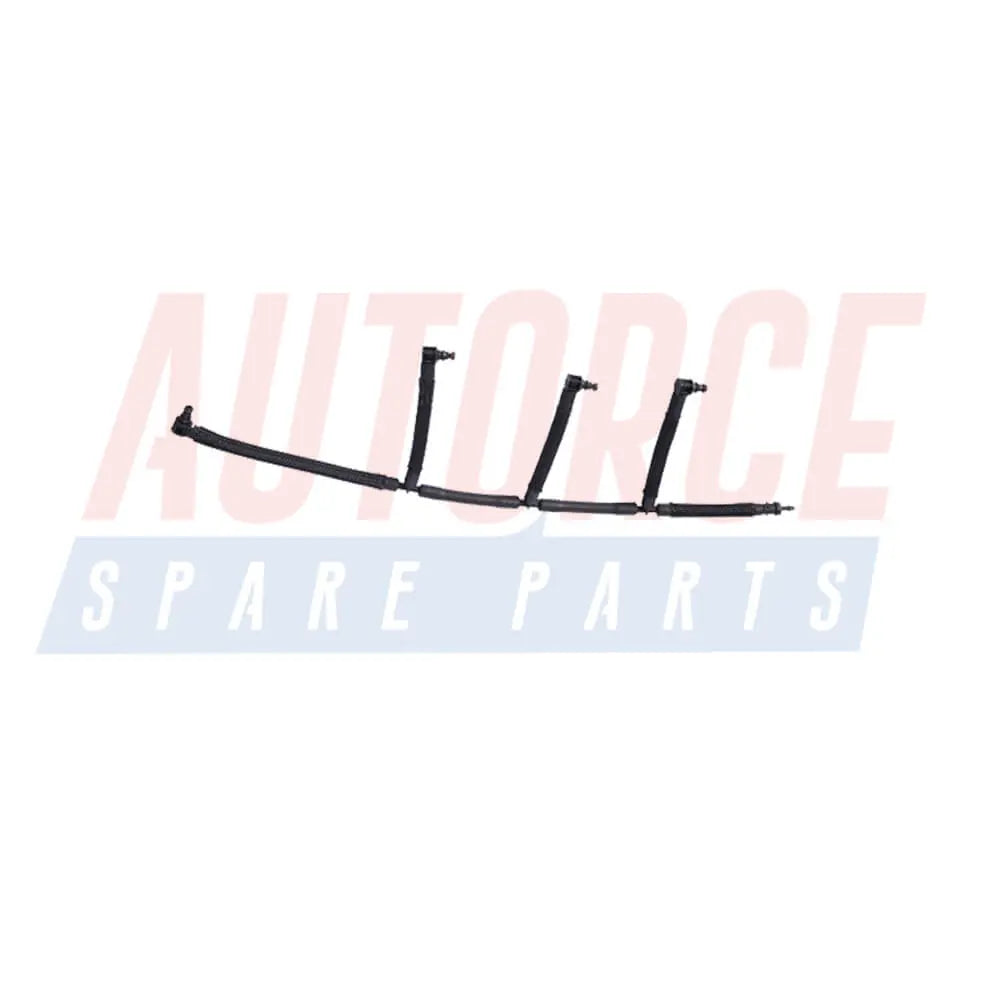Hose, Fuel Overflow
64 products
Showing 1 - 24 of 64 products
Understanding Fuel Overflow in Cars: Causes and Solutions
When refueling your car, you may have experienced fuel overflow, where the gasoline spills out of the tank and onto the ground or your car's exterior. While this may seem like a minor inconvenience, fuel overflow can be a safety hazard, wasteful, and harmful to the environment. In this article, we will delve into the reasons behind fuel overflow and explore effective solutions to prevent it from happening.Causes of Fuel Overflow
Overfilling the Tank: One of the most common causes of fuel overflow is overfilling the gas tank. Many people try to maximize their refueling by squeezing in that extra bit of fuel, thinking they are getting more for their money. However, modern cars are equipped with an Evaporative Emission Control System (EVAP) that allows excess fuel vapors to be captured and stored in a charcoal canister. Overfilling the tank can overwhelm this system and lead to fuel spilling out.Faulty Fuel Filler Neck: The fuel filler neck is the metal tube connecting the fuel cap to the gas tank. If it becomes damaged or corroded, it may not seal properly with the gas pump nozzle, causing fuel to spill out during refueling.
Blocked Vapor Canister: The EVAP system relies on a vapor canister to store fuel vapors safely. If this canister becomes blocked or clogged, it can't accommodate the extra fuel vapors generated during refueling, leading to fuel overflow.
Malfunctioning Fuel Tank Vent Valve: The fuel tank vent valve is responsible for allowing air to enter the gas tank as fuel is consumed. If this valve malfunctions or gets stuck closed, it can create a vacuum in the tank, leading to fuel overflow when refueling.
Solutions to Prevent Fuel Overflow
Follow Fueling Guidelines: Always follow the manufacturer's fueling guidelines mentioned in your car's owner's manual. Avoid overfilling the tank and stop refueling once the automatic fuel pump nozzle clicks off. This allows the EVAP system to handle the fuel vapors adequately.Check the Fuel Filler Neck: Regularly inspect the fuel filler neck for any signs of damage, rust, or corrosion. If you notice any issues, have it repaired or replaced by a qualified mechanic to ensure a proper seal during refueling.
Maintain the EVAP System: As part of your routine vehicle maintenance, have the EVAP system inspected and serviced. This includes checking the vapor canister and vent valve for blockages or malfunctions.
Be Mindful of Temperature: Fuel expands in warmer temperatures, so if you're refueling on a hot day, leave some extra space in the tank to accommodate the expansion. Also, avoid topping up the tank during hot weather.
Report Warning Lights: If your car's check engine light or any other warning lights related to the fuel system appear on your dashboard, don't ignore them. Have your vehicle checked by a professional to identify and address the issue promptly.
Fuel overflow during car refueling is not only an inconvenience but can also pose safety risks and contribute to fuel wastage and environmental pollution. By understanding the causes behind fuel overflow and adopting preventive measures, we can ensure a safe and efficient refueling process. Regular maintenance and adherence to fueling guidelines will help keep your car's fuel system in top condition, promoting both safety and environmental responsibility.
Showing 1 - 24 of 64 products
Display
View
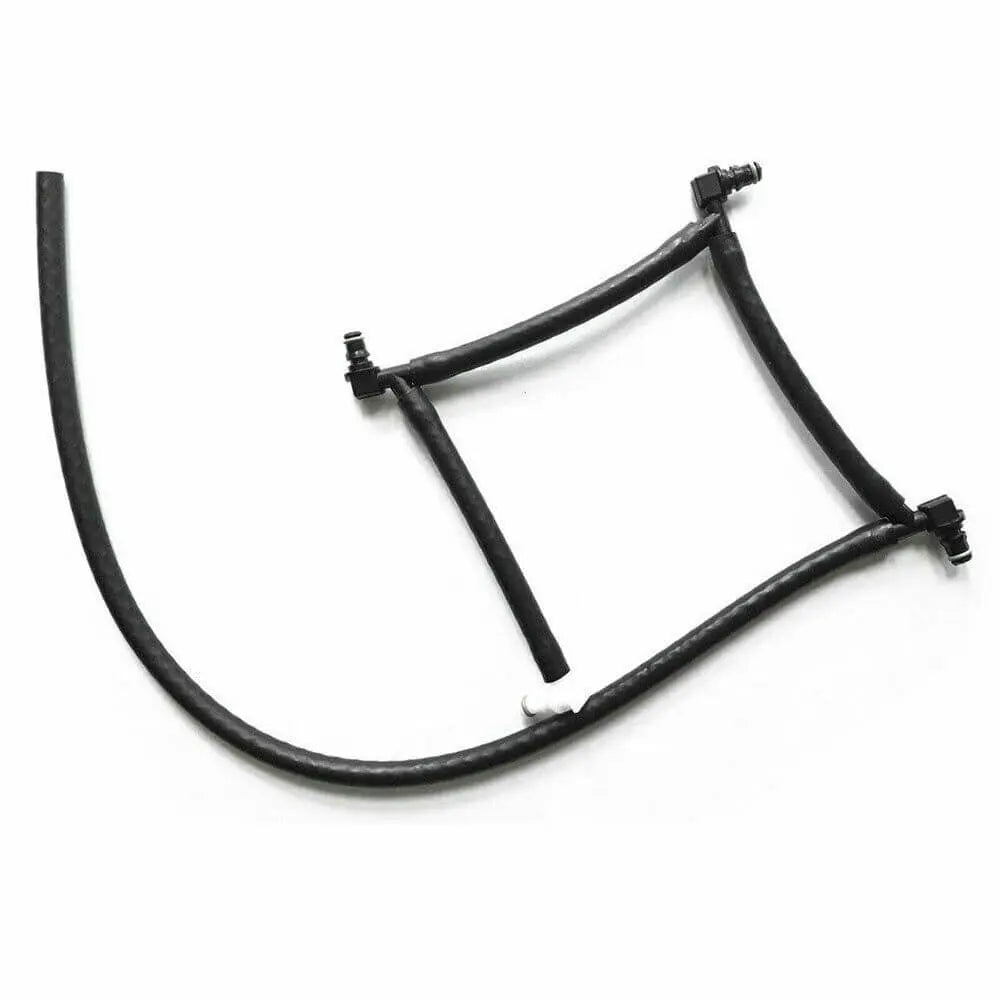
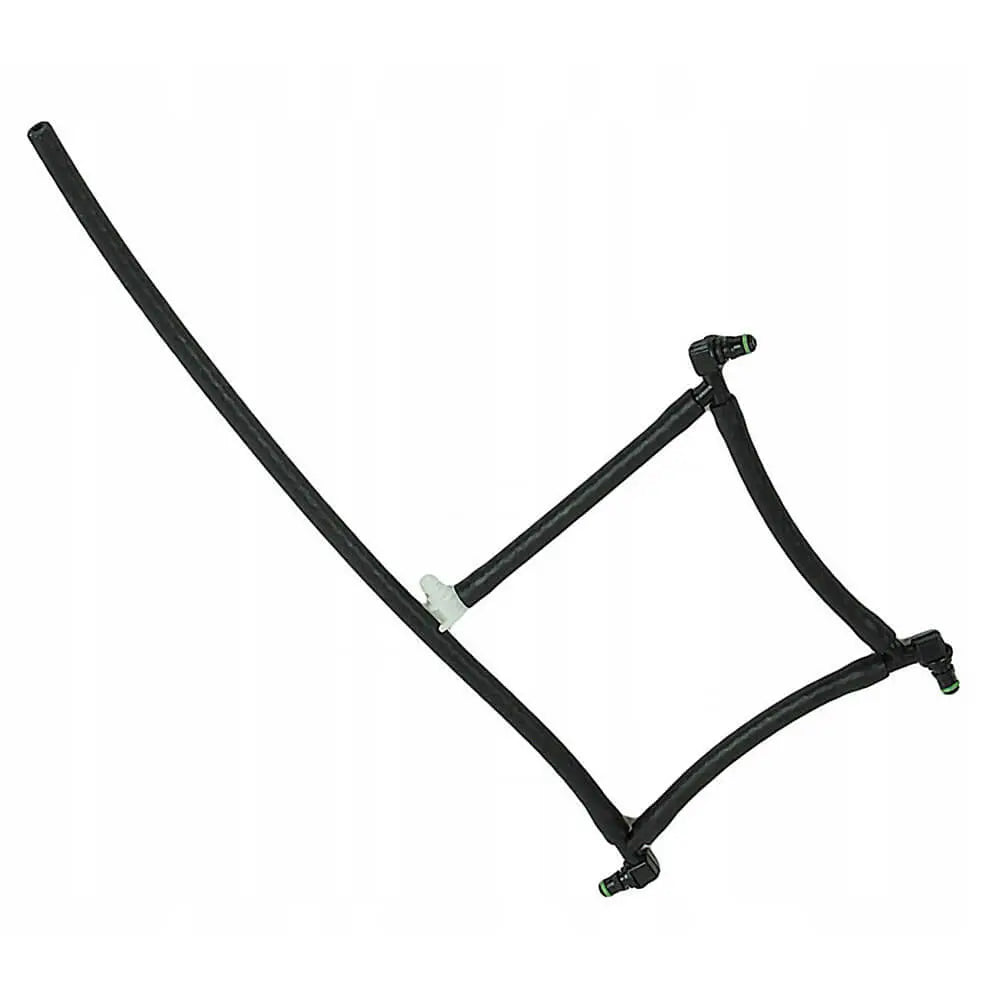
Injector Diesel Fuel Leak Off Pipe For Citroen C1 MK1 C2 C3 MK1 MK2 1.4 HDI (2002 - Onwards) 1574Q1, 1574.Q1
In stock, 48 units
Sale price£9.99
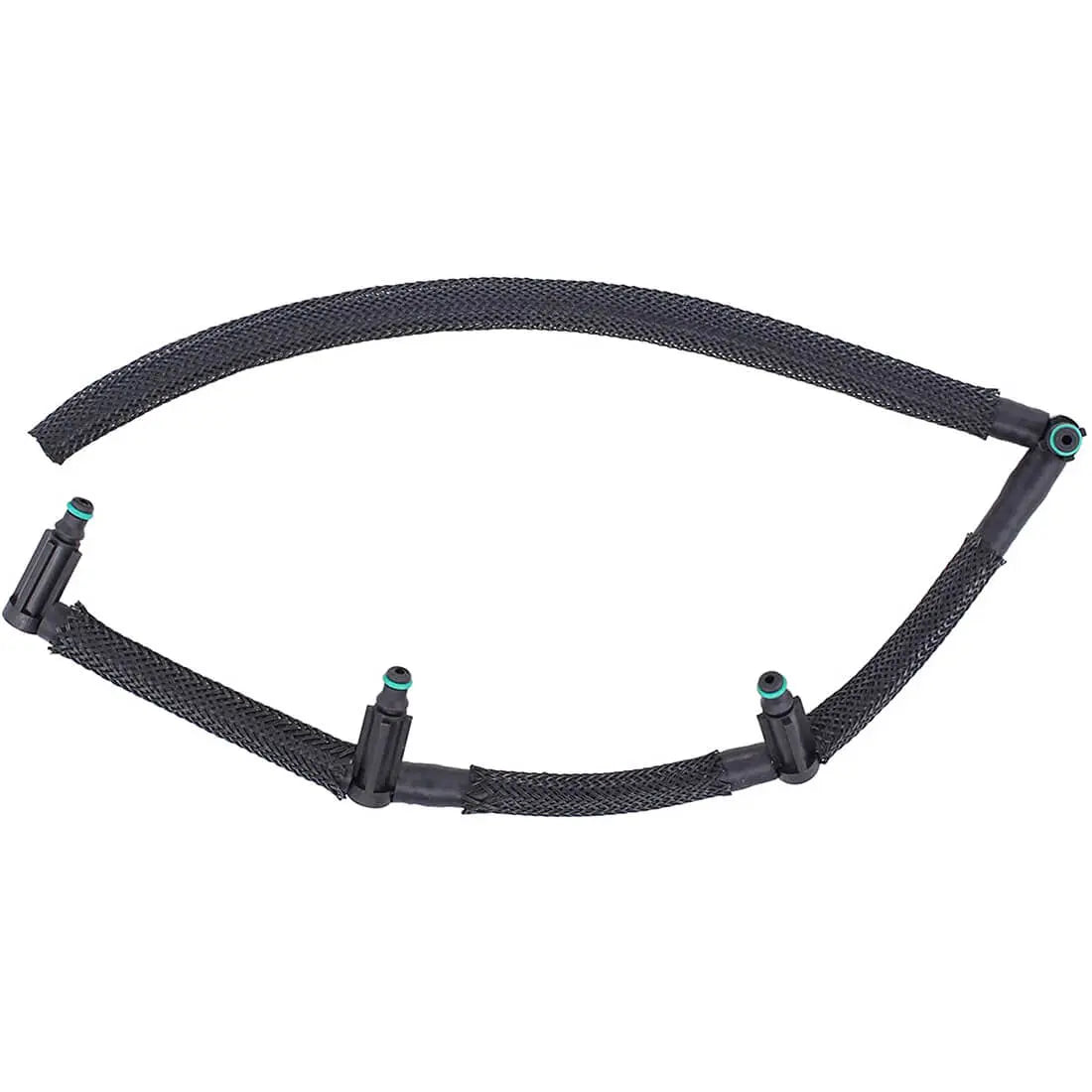

Fuel Injector Leak Off Return Pipe For Peugeot Partner 206 207 307 308 407 - 1574Q5, 1574.Q5, 157499, 1574R2
In stock, 46 units
Sale price£9.99

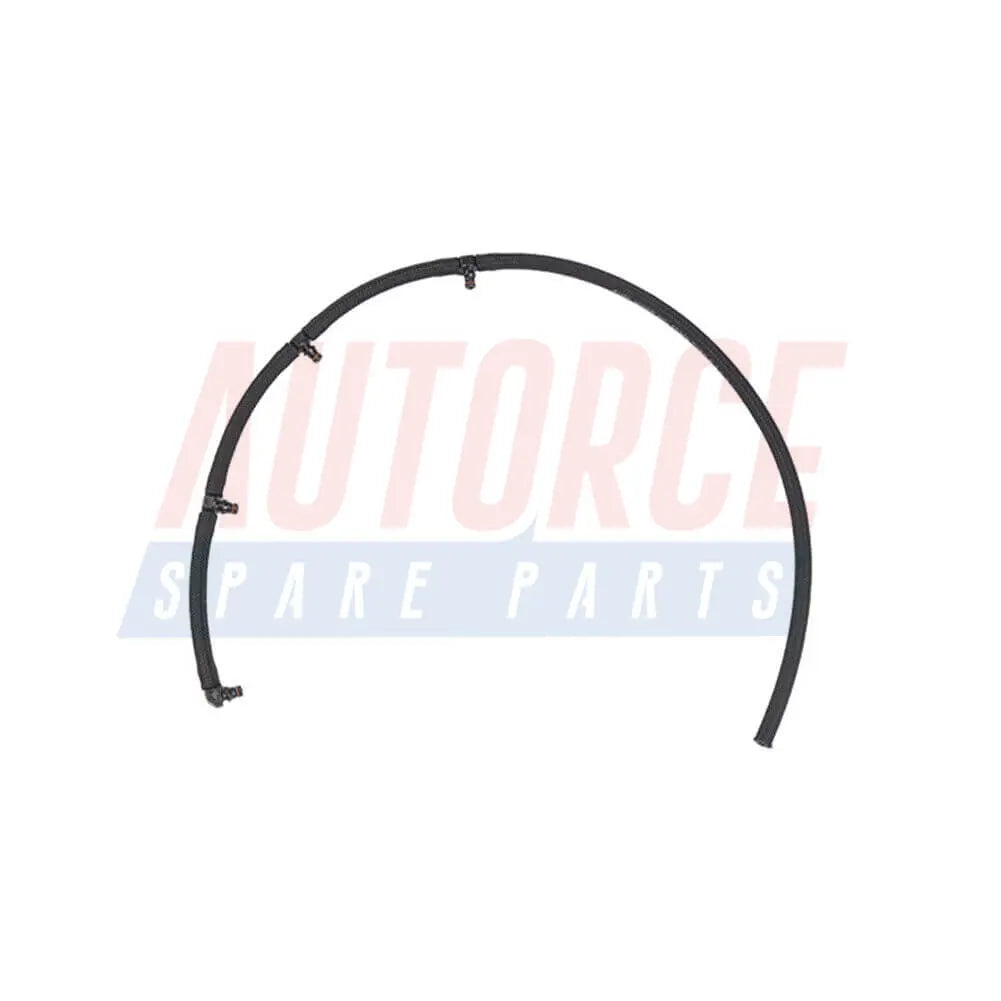
Fuel Overflow Leak Off Pipe For Mercedes C-Class CLC CLK E-Class Sprinter 2-T 3-T Viano Vito 2.2 - 6110700032
In stock, 47 units
Sale price£9.99
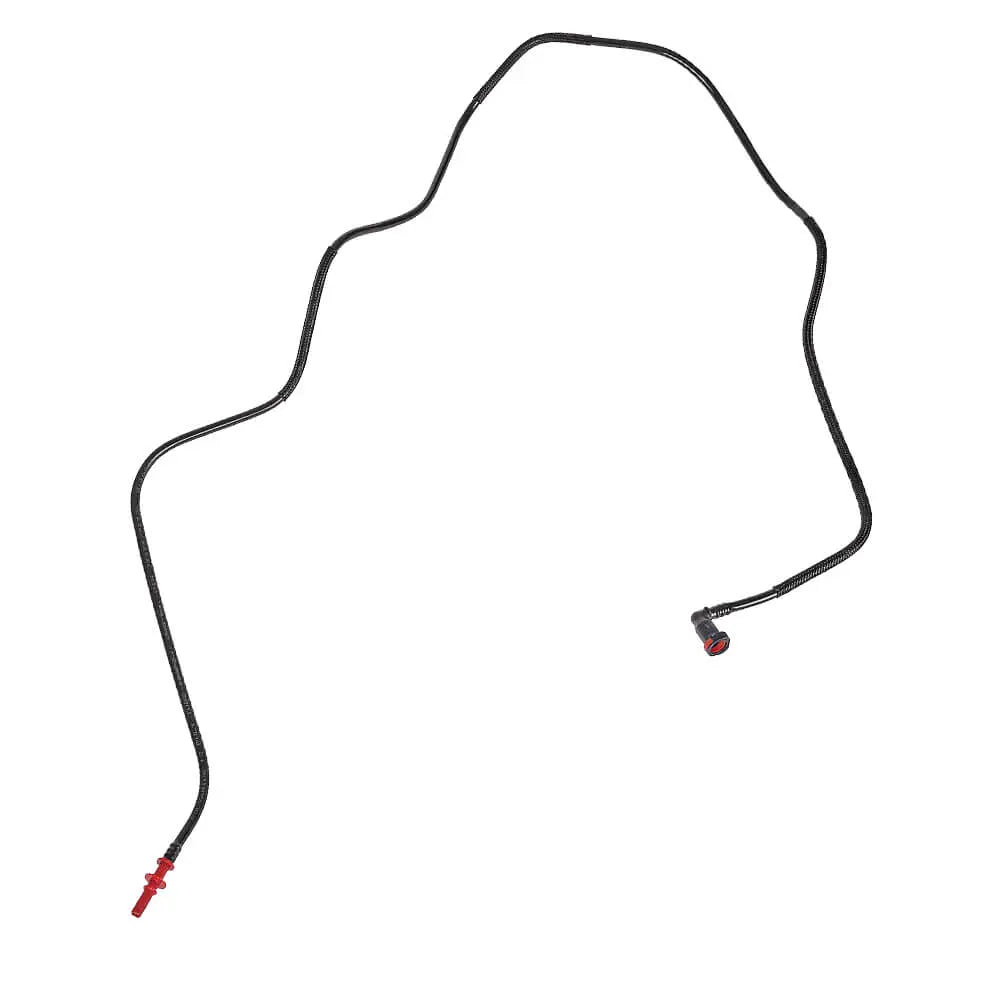
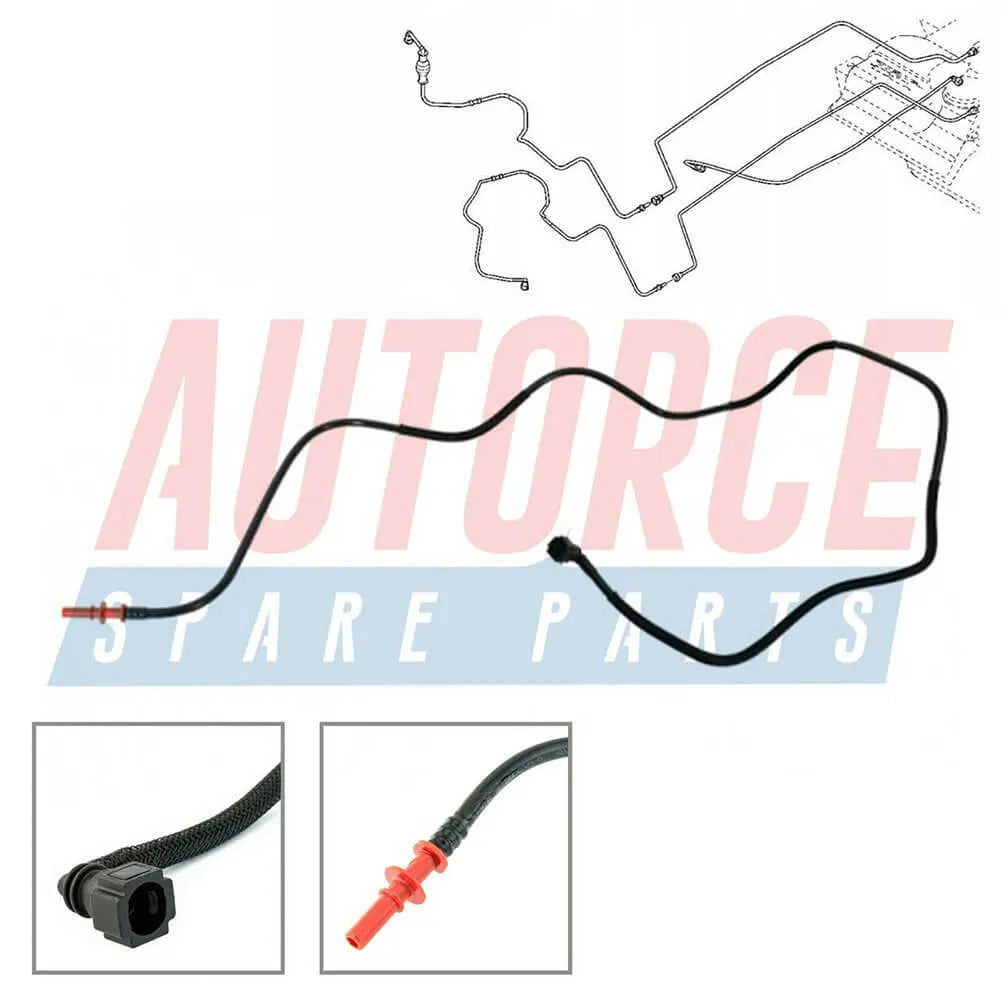
Fuel Line Hose Pipe For Renault Trafic Mk2 1.9 dCi (2001 - Onwards) 8200505335, 4416879, GM93857421
Only 5 units left
Sale price£16.90
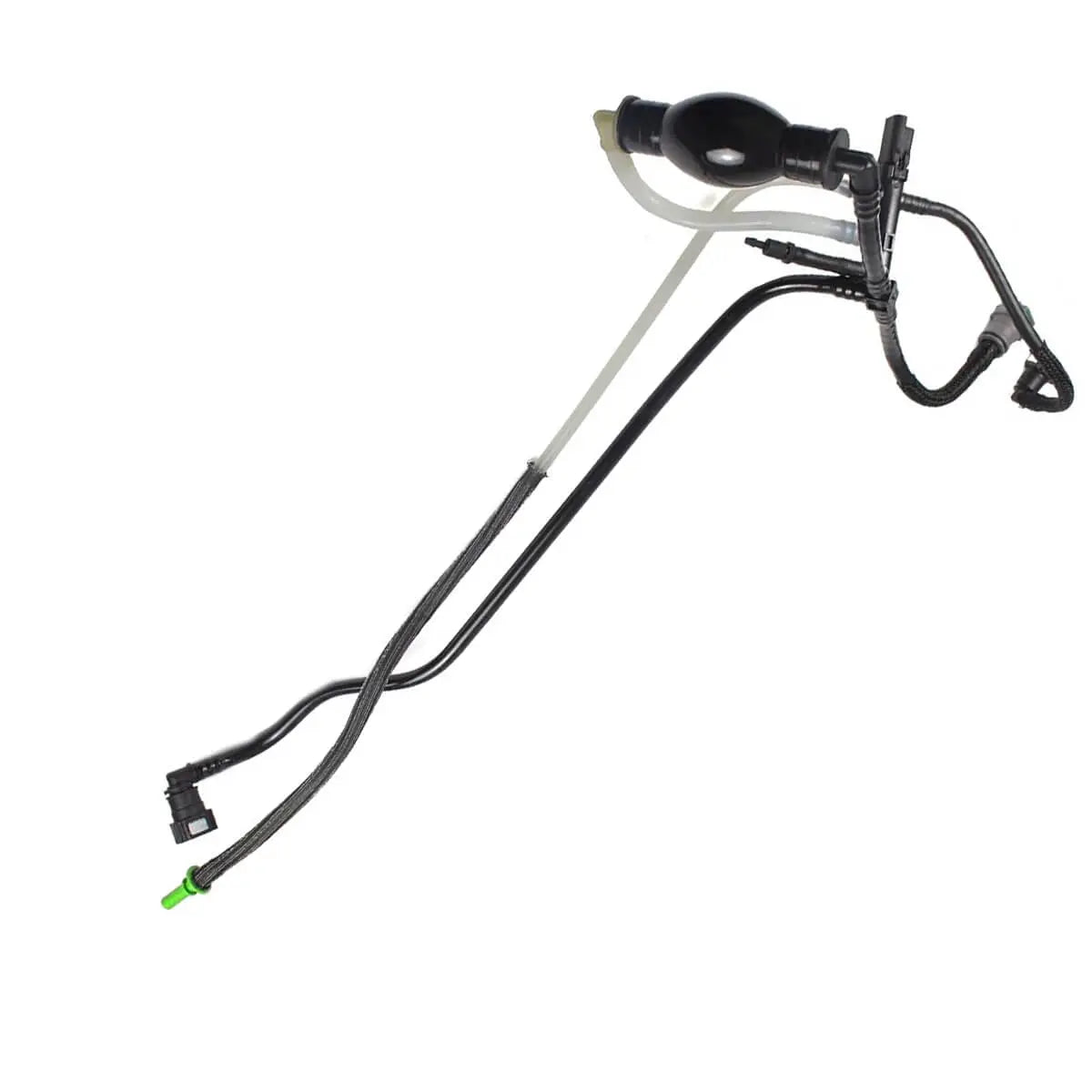
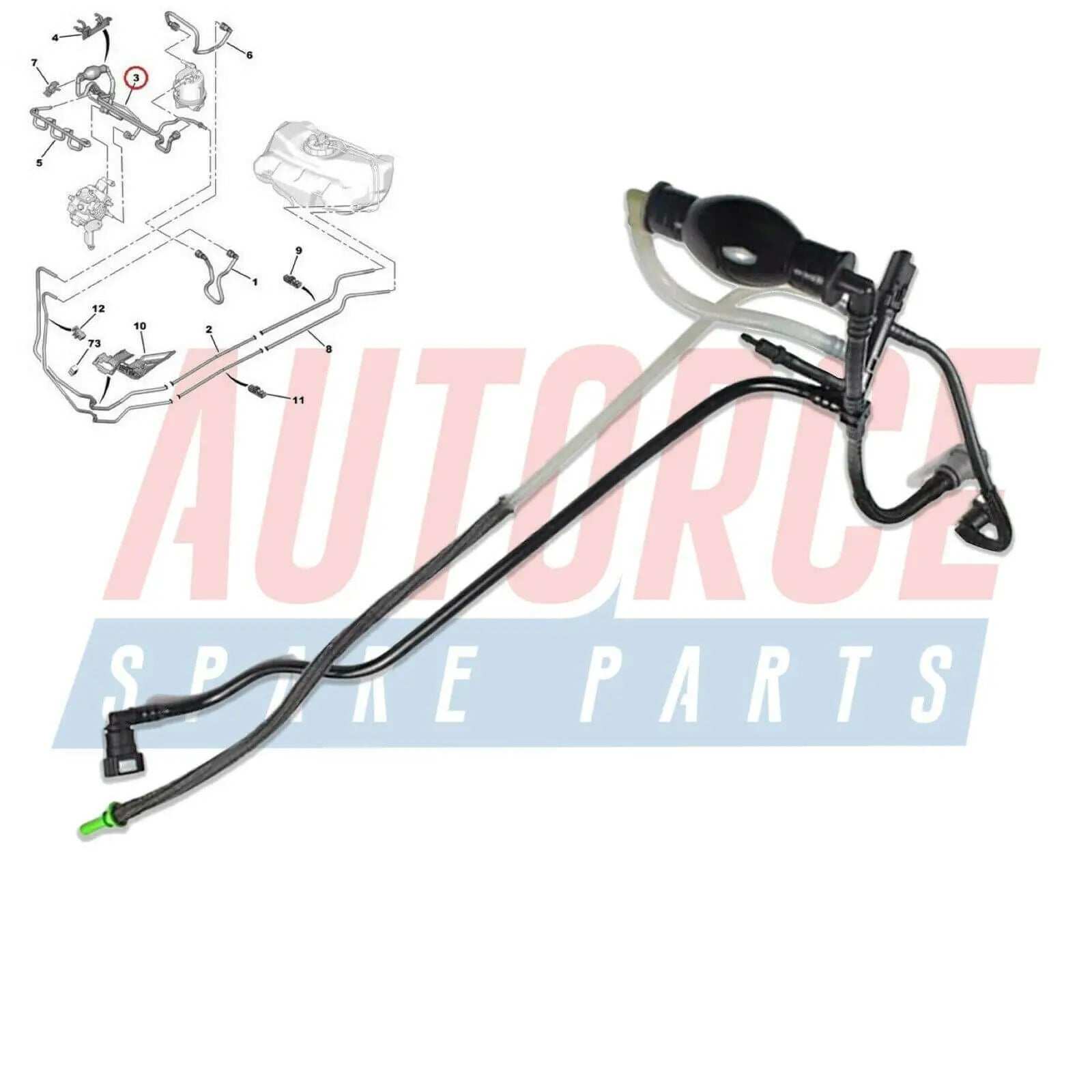
Fuel Line Pipe Primer Pump For Ford Fiesta Mk5 Fusion Estate 1.4 TDCi - 2S6Q9D350AF, 1501910
In stock, 48 units
Sale price£23.99
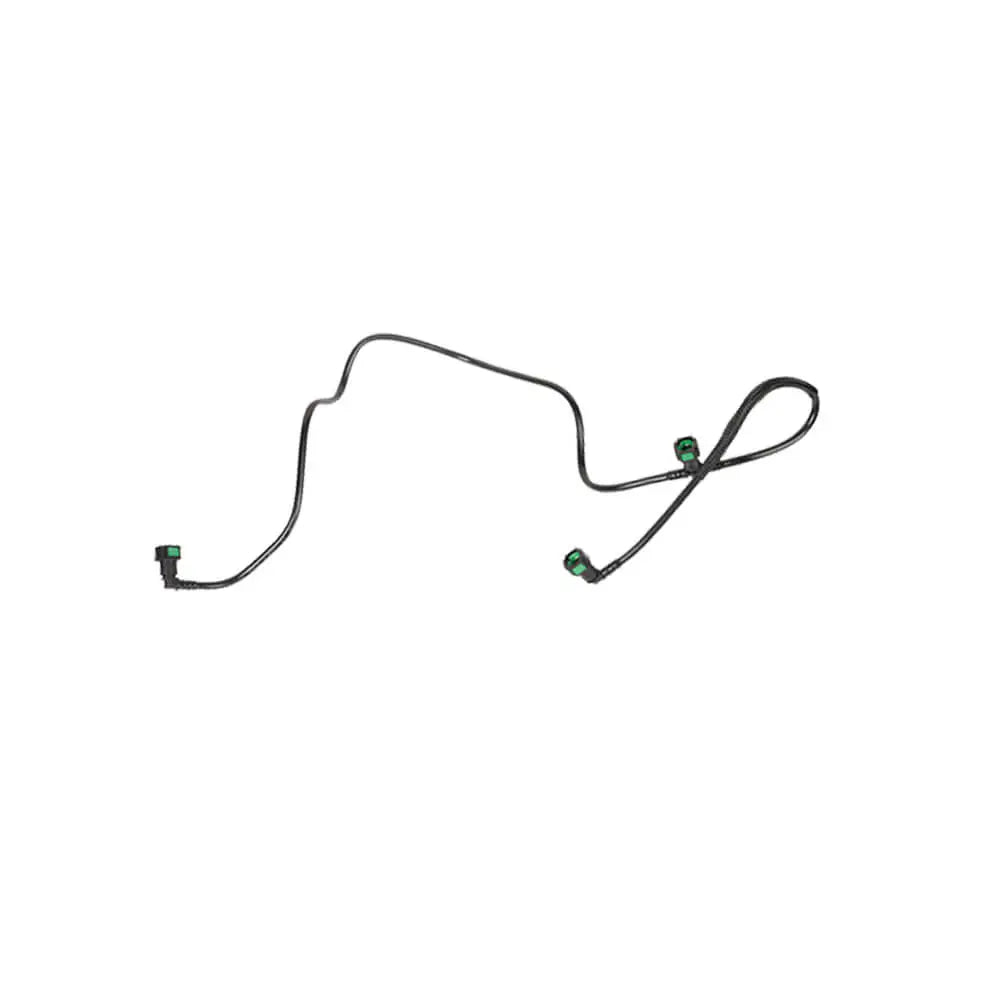
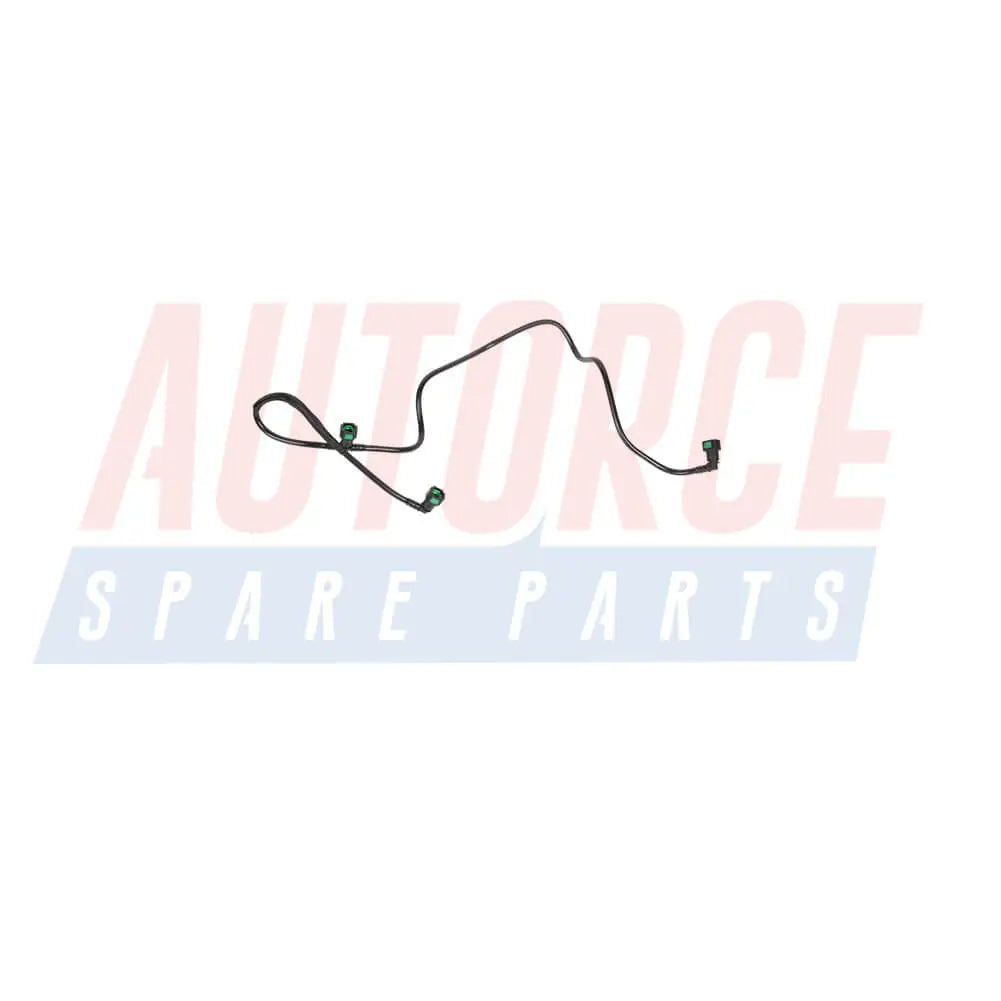
Fuel Hose Pipe For Ford Tourneo Connect 1.8 TDCi (2002 - 2013) 2T149B337CJ, 1477390, 1435468
Sold out
Sale price£26.90
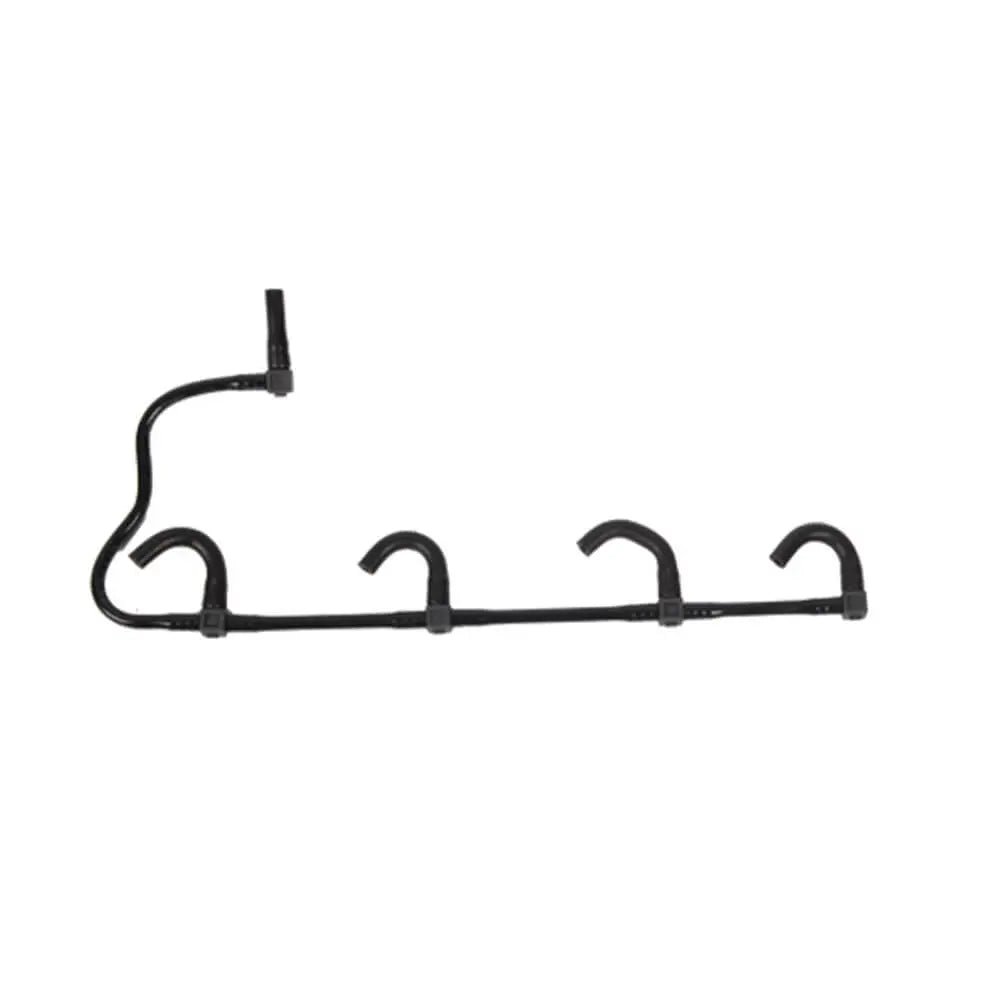

Fuel Return Leak-off Pipe For Nissan Kubistar X76 - 8200064003, 1667100QAB
Only 5 units left
Sale price£16.90

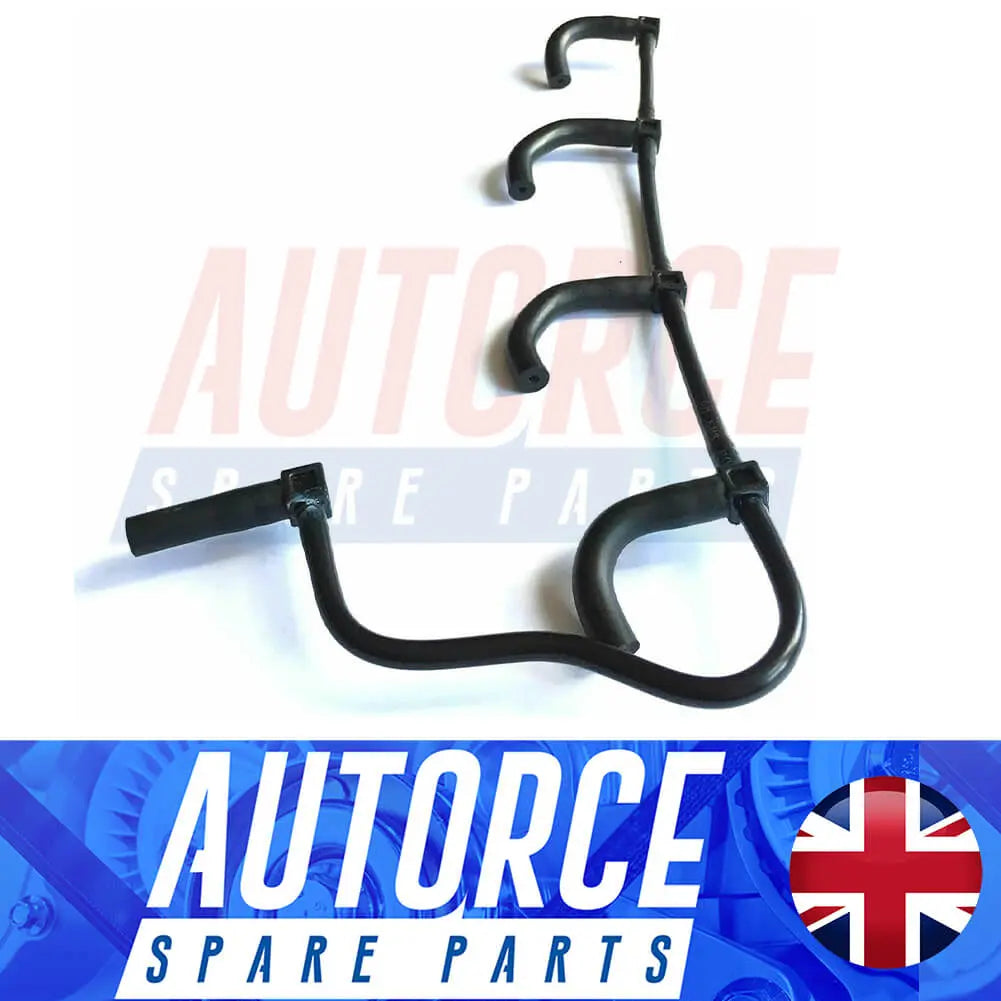
Fuel Return Leak-off Pipe For Dacia Dokker Duster Lodgy Logan Sandero - 8200171176
Only 5 units left
Sale price£16.90


Fuel Return Leak-off Pipe For Renault Clio Kangoo Megane Scenic - 8200520596
Only 5 units left
Sale price£16.90
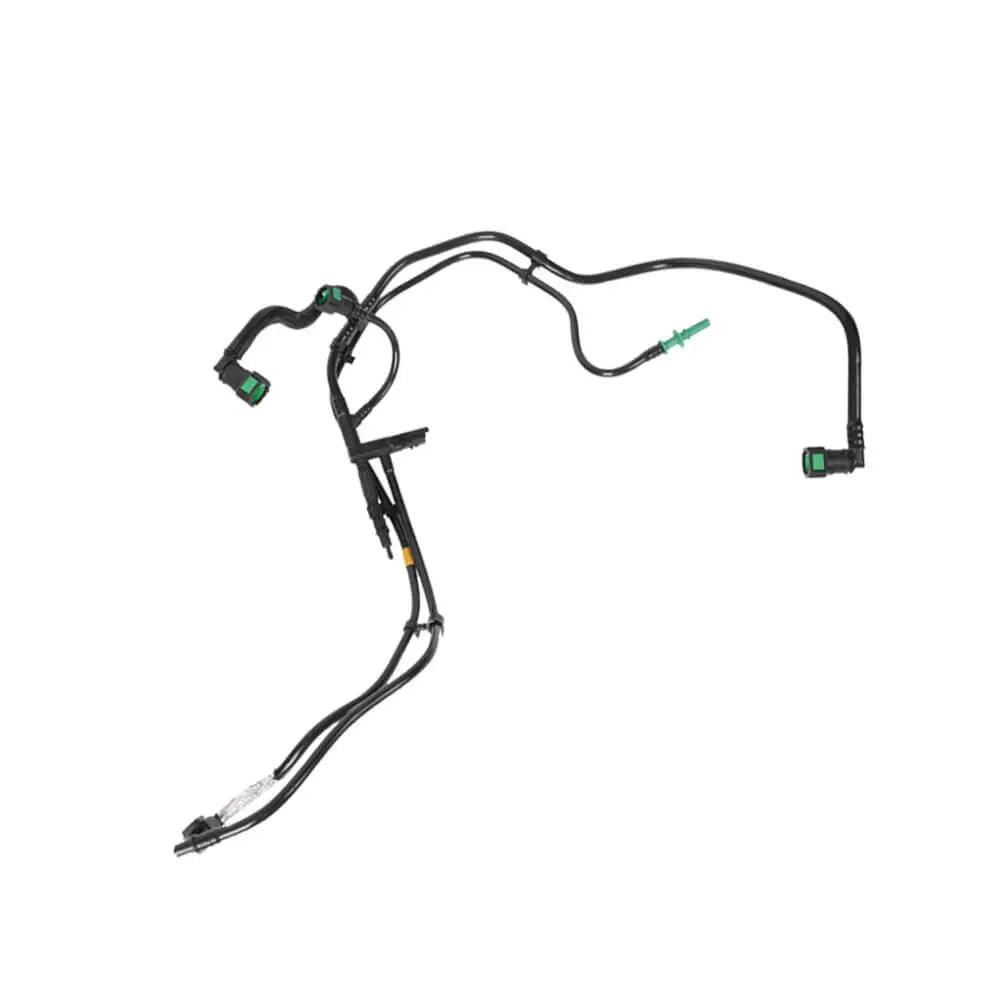

Fuel Hose Pipe For Ford Fiesta VI 1.6 TDCi (2008 - Onwards) 7V2Q9D350CC, 1550805, 7V2Q9D350CB, 1518068
In stock, 50 units
Sale price£57.95


Hose Fuel Injector Pipe For Audi A1 A3 1.6 TDI (2009 - 2015) 03L130235AF, 03L130235P
Sold out
Sale price£12.90

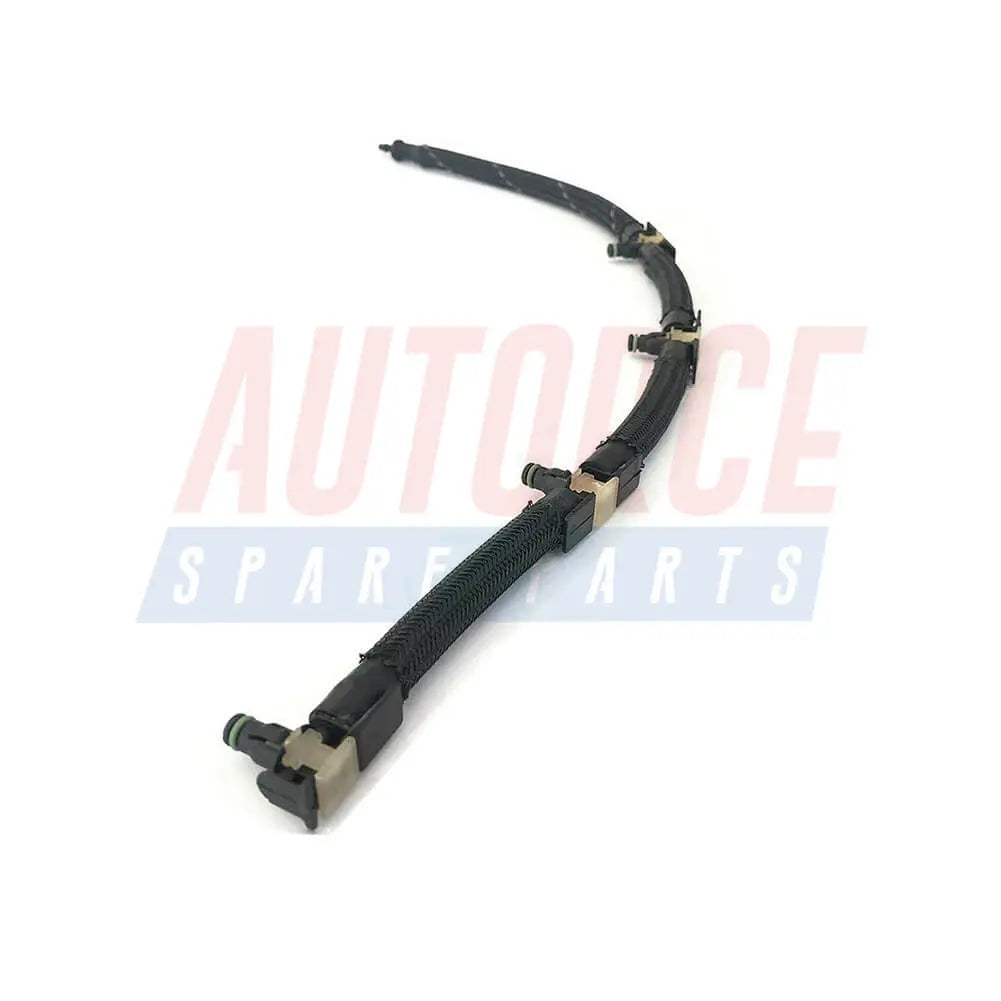
Hose Fuel Injector Pipe For Skoda Octavia Superb Yeti 2.0 TDI (2004 - 2015) 03L130235N
Only 8 units left
Sale price£14.99


Hose Fuel Injector Pipe For Seat Altea Ibiza Leon IV 2.0 TDI (2004 - Onwards) 03L130235N
Only 8 units left
Sale price£14.99


Hose Fuel Injector Pipe For Audi A1 A3 TT 2.0 TDI (2006 - 2015) 03L130235N
Only 8 units left
Sale price£14.99

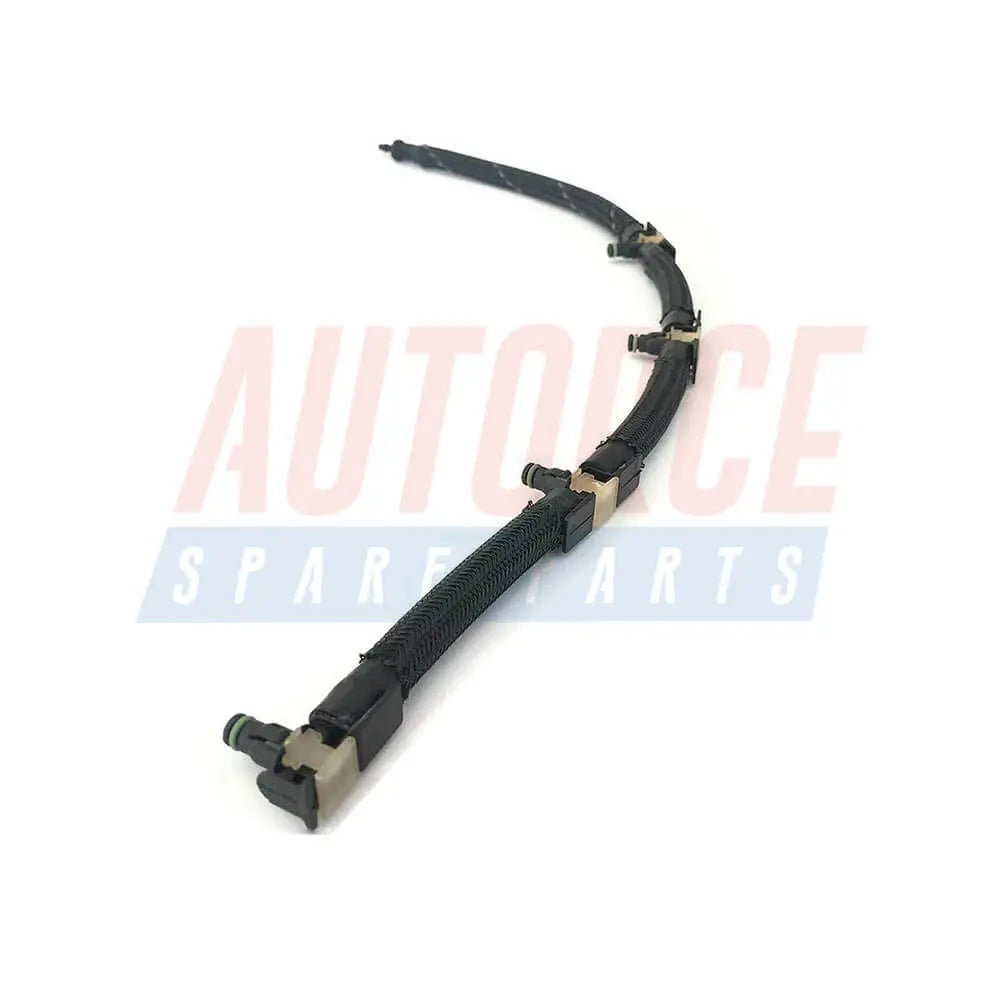
Hose Fuel Injector Pipe For VW Caddy III IV Crafter (30-35, 30-50) Tiguan Touran 2.0 TDI - 03L130235N
Only 8 units left
Sale price£14.99
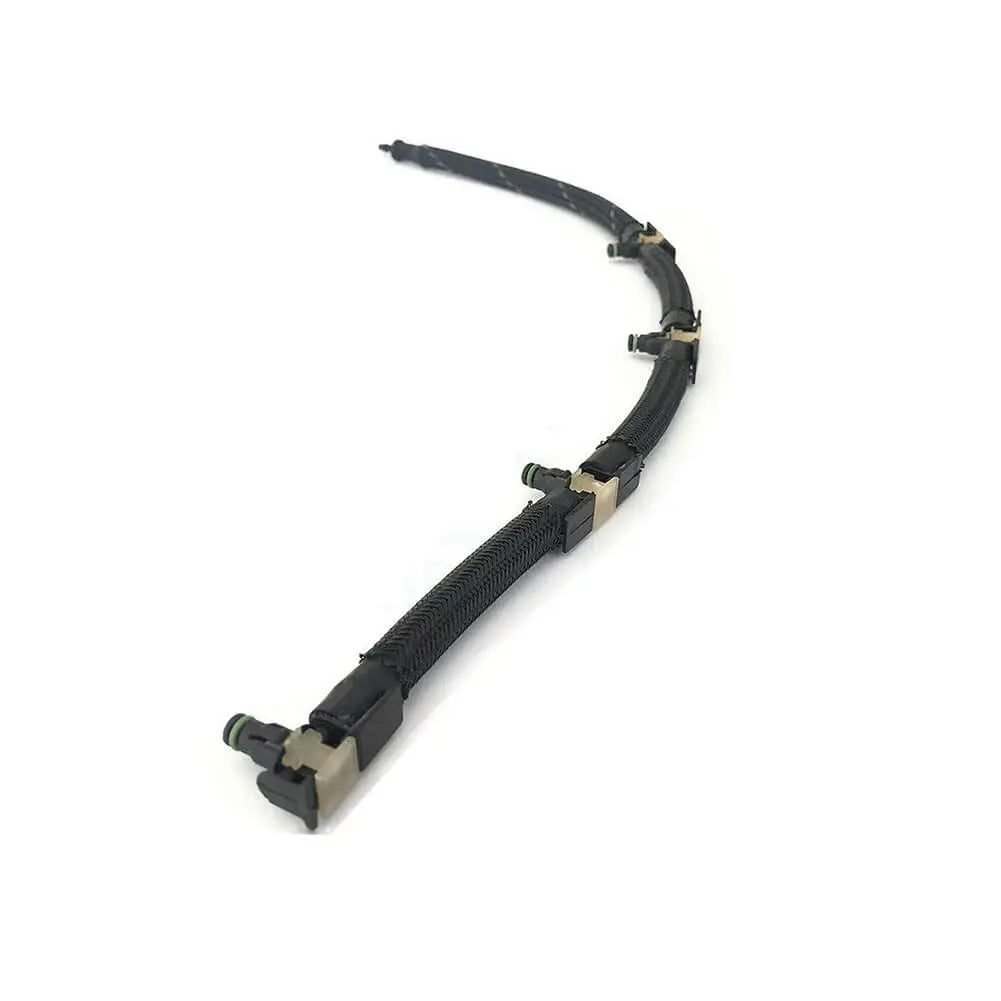
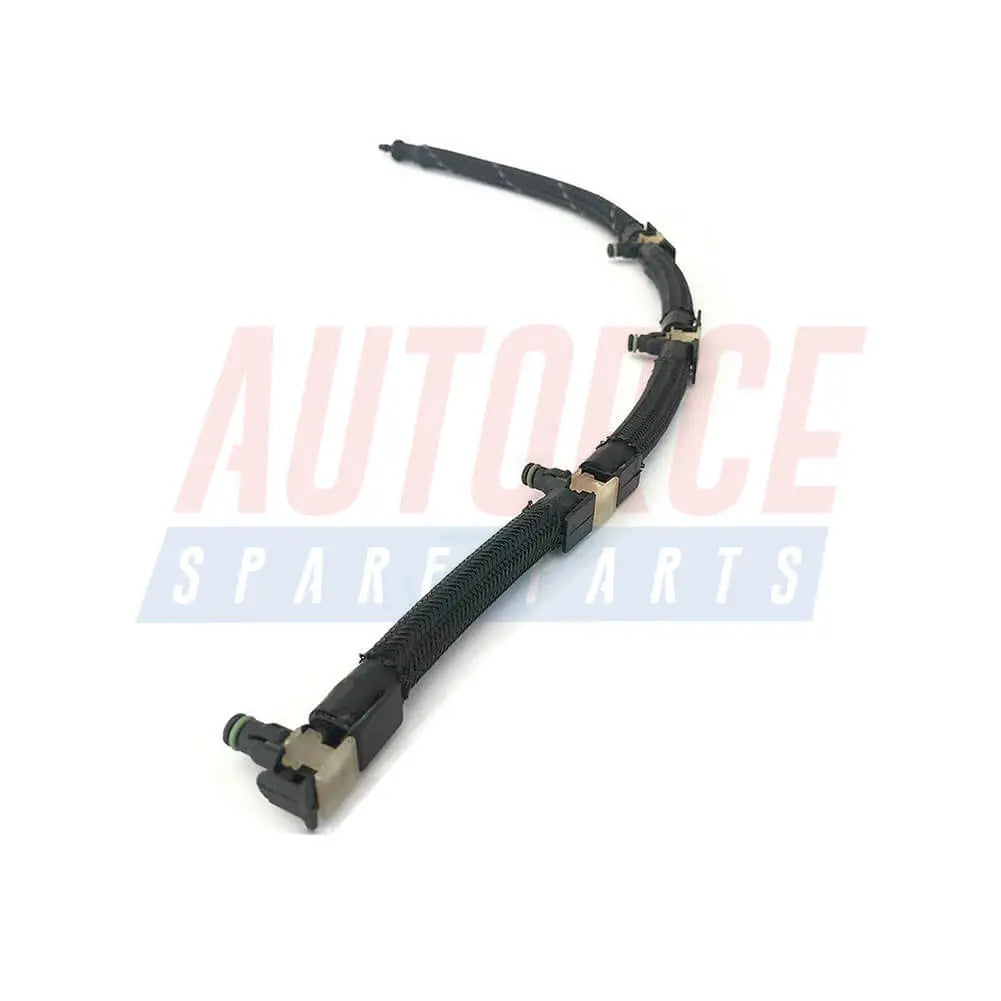
Hose Fuel Injector Pipe For VW Beetle Eos Golf Plus Golf VI Jetta IV Scirocco 2.0 TDI - 03L130235N
Only 8 units left
Sale price£14.90
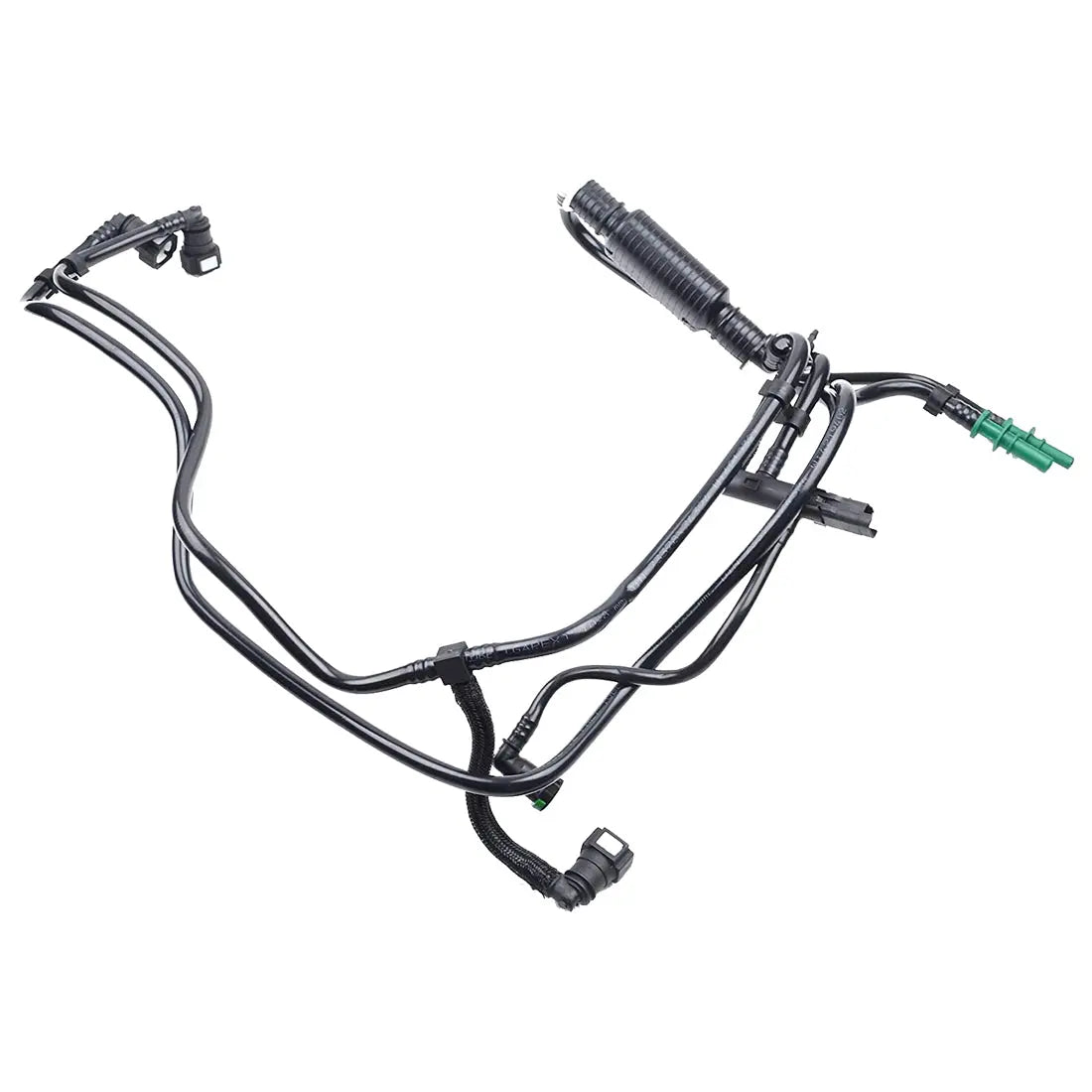

Fuel Line Hose Pipe For Citroen C2 C3 C4 C5 Berlingo Dispatch Mk1-2 (1.6 HDI, 1.6 16V HDI) 1574T5
Sold out
Sale price£32.95
Filters (0)




